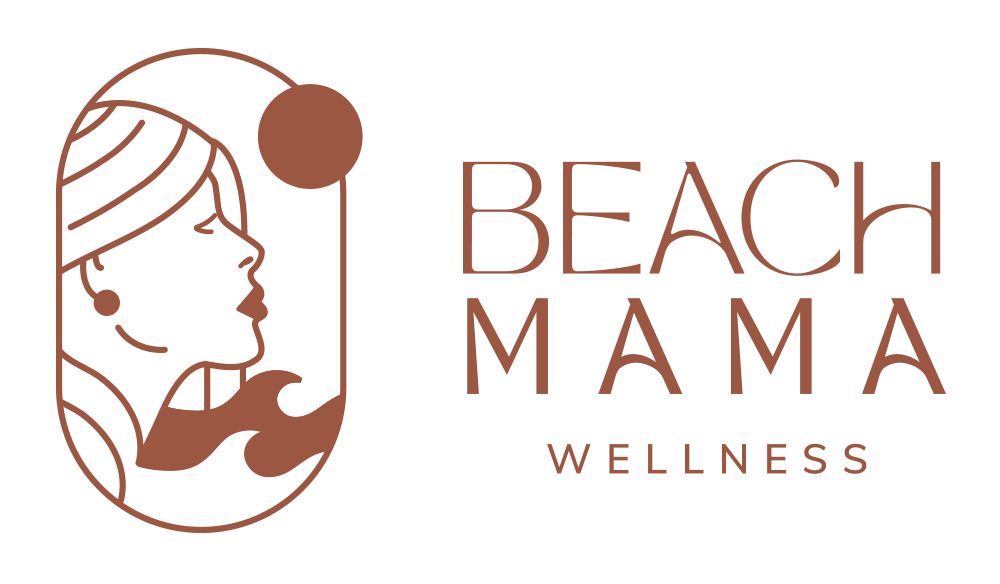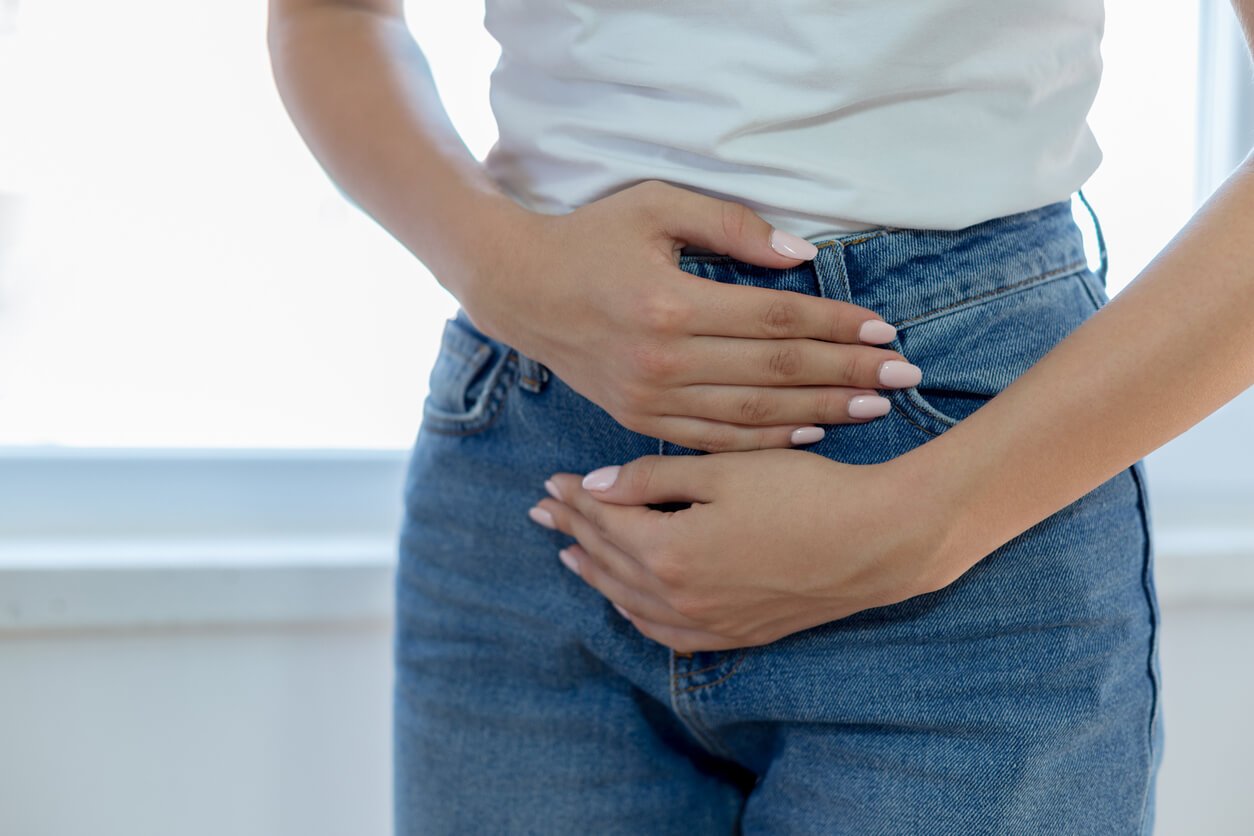5 Things to Help Your Prolapse, Right Now
So what is pelvic organ prolapse (POP)?
Pelvic organ prolapse or POP refers to the descending or drooping of any of the pelvic floor or reproductive organs. This could include the bladder, uterus, rectum or even the cervix. If these organs descend into or outside of the vaginal canal or anus. We refer to prolapse with these specific names:
Cystocele: prolapse of the bladder into the vaginal wall
Urethrocele: prolapse of the urethra into the vaginal wall
Uterine Prolapse: prolapse of the uterus
Rectocele: prolapse of the rectum into the vaginal wall
Most commonly, POP is caused by a major increase in pressure such as a long push time during the birth of baby, the increased strain of pregnancy or chronic constipation.
How do I know if I have POP?
Common Symptoms:
A feeling of heaviness, bulging or pressure in the vaginal area. Sometimes described as the sensation of “something falling out” of your vagina.
You may visually see or feel a bulge in vaginal region
Low back pain
Heaviness in the lower abdomen or pelvic region
Incontinence
Pain with intercourse
Difficulty fully emptying bladder; needing to shift on toilet to fully empty
Constipation
What can I do?
Although we can never completely reverse POP, we can successfully get it to a point of being asymptomatic. Try incorporating the following to start working on your prolapse today!
Connect to Your Pelvic Floor
Whether your pelvic floor is tight or weak, connecting to those muscles is NEVER a bad idea. Try this: place yourself into a child’s pose position (we also love a Happy Baby or deep, supported squat) and take a few deep inhalations in through your nose. Feel that movement in your pelvic floor with each and every inhale. Work on this deep breath work for 5-10 minutes per day in whichever pose feel’s the easiest to you.
Take Advantage of Gravity
Try getting into positions that reduce pressure on your pelvic organs and abdominal wall. This is particularly useful after a long day or immediately after exercise. These poses are meant to be proactive and don’t need to be saved for times of symptoms.
Legs up wall: scoot your bottom directly against a wall and place a small pillow or folded blanket under your bottom. Extend your legs straight up the wall and breathe.
Downward dog: with hands on ground, walk your feet up until you form a triangle with your body. Stay in this position and breathe.
Get Your Bowels in Check
Healthy bowel movements are one of the best ways to keep symptoms of prolapse away. Think about how your prolapse started… with extreme downwards pressure. If you are constipated, you are constantly creating more pressure with each and every BM. A good bowel routine is vital for those suffering from POP. Try incorporating these tips:
Use a Squatty Potty or stool for your feet
Don’t hold you breath when passing your stool
Stay hydrated! Aim for 80-100 oz/day of H20
Try incorporating a daily dose of Magnesium
Drink warm liquids to get your intestinal motility going until your BM
Don’t force your BM and go when you have to go!
Posture, Posture, Posture!
During pregnancy and postpartum, our posture tends to change. This is because of the growing size of your belly, pulling your center of mass forward and tilting your pelvis. Because we tend to lose core strength during pregnancy (amongst other musculoskeletal changes) our posture doesn’t always return to our pre-posture status. This posture can increase downward pressure on the pelvic floor, potentially increasing prolapse symptoms. Postpartum, it is important to take your posture into consideration throughout the day. Think about seated posture when feeding baby and standing posture when wearing and holding baby. Here are some tips:
Seated:
Scoot all the way back against the backrest or use a small cushion against the small of your back.
Both feet should be flat on the ground or stool.
If feeding baby, be sure to bring baby to you, not the other way around to prevent hunching over. This may require you using more support pillows than you’re used to.
Avoid staring down at baby throughout feed; again this will round your spine forward.
Standing:
Stand with weight evenly distributed amongst both feet.
Lengthen spine by imagining a string pulling the top of your head towards the ceiling
Stack shoulders over rib cage and rib cage over your hips.
Squeeze your butt muscles a couple of times and release.
Manage Your Pressure!
Most women who have POP report that their symptoms are at their worse by the end of the day. This makes senses if you consider all of the movement we do throughout the day: lifting kids, laundry baskets, getting in and out of cars, bowel movements, working out and so much more. So how can you combat all of these daily activities from exacerbating your symptoms? Pressure management, thats how!
Remember to exhale on the harder part of any movement. Think about saying “haaaa” in these moments. If you’re picking up a kiddo from the ground, exhale as you stand up. When standing up from sitting: “haaaa”.







